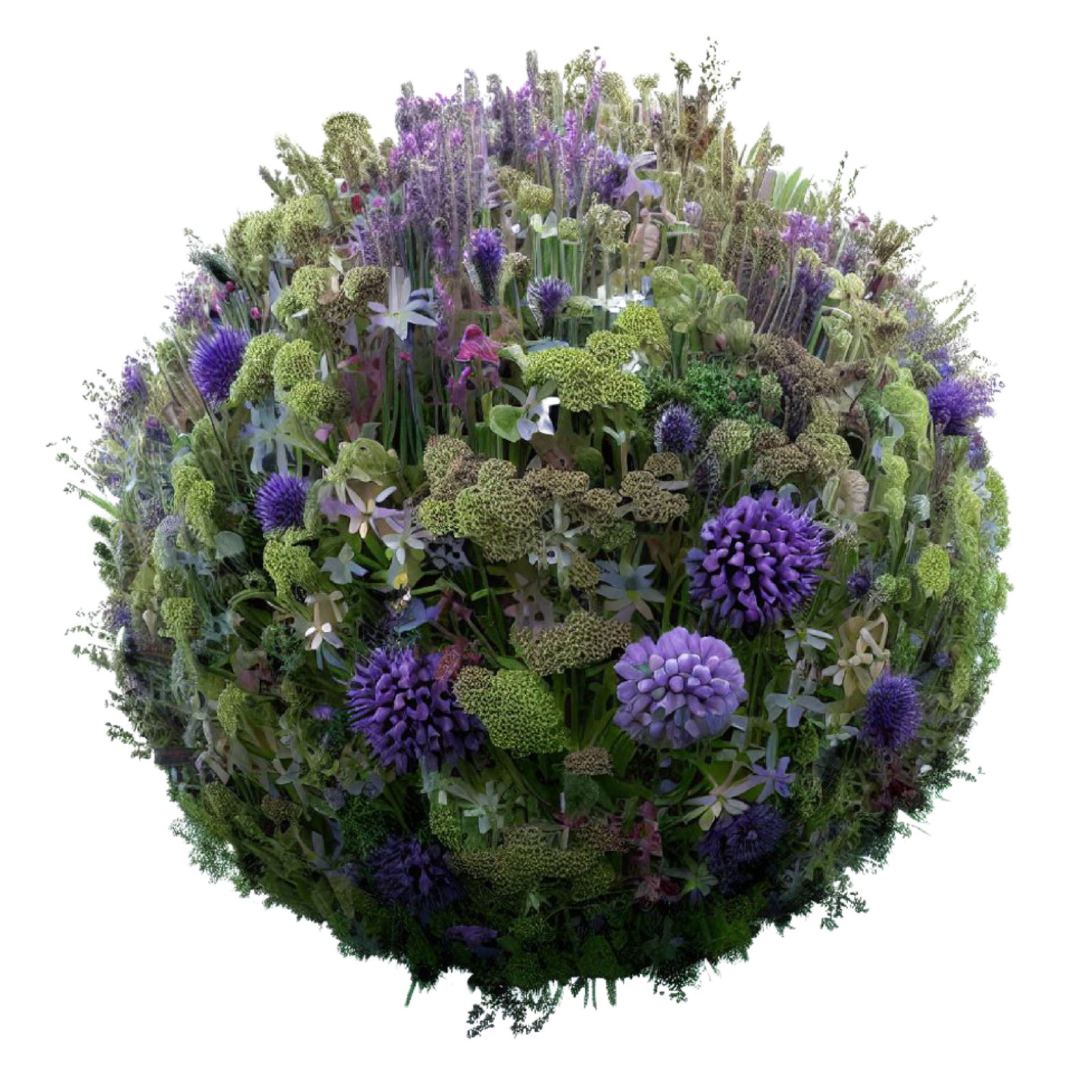
It felt like Armageddon. We went on a ‘nature bike ride’, but the trip highlights were piles and piles of rubbish. Plastic bottles, old flip flops, a child’s shoe, fishing nets, polystyrene, foil packets and general household detritus.
We were in Indonesia staying at the Banyan Tree on the northern coast of Bintan, which is South East of Singapore. Interesting to contrast the spotless streets of this metropolitan state renowned for its strict laws which include a $1000 fine for chewing gum!
Whilst sitting at breakfast I saw a small snake fly through the air onto a nearby tree. And, on our cycling trip I spotted a kingfisher and a couple of other birds. But really it was simply a litter tour of the nearby peninsula. The sea was in but the tideline was plastic.

Our guide explained that the piles of bottles were going to be recycled. Sadly. I’m not convinced that this is true. The previous day, we visited an organisation called Seven Clean Seas, and they said that although they collected plastic waste for recycling, currently there were no facilities on the island to process what they had.
My understanding is that they have a team of about 30 plus employees who collect the waste, primarily from the shores of Bintan – about 65,000 kilos (6.5 tonnes) per annum in total. The vast majority of this 99.1% goes to landfill, but the plastics part of what’s collected is sorted by type and colour.

Plastic bottles made from PET, which is one of the most recyclable plastics are baled and wait for a recycling scheme to be put in place. HDPE plastic bottles are leading the way in this scheme as they had a few trial recycled products, made from this material, on display. I have to admit I was a little disappointed to see what they were making – heavy plastic bowls and tissue boxes, for example.

To be fair, the scheme is in its infancy. And, it’s brilliant that it has started at all. It has been started by a businessman from Bali and supported by other organisations who recognise that plastic waste in Indonesia is a mountainous problem. It requires government support, hotels getting involved, education schemes, and a waste collection and recycling infrastructure.
But of course, it’s not simply about collecting the waste, it’s about stopping it from being produced in the first place – and in particular turning off the plastic tap that is pouring into the seas. One of the interesting things we learned is that about 40% of what’s collected comes from fishing waste – nets, lines, hooks and buoys, not to mention whatever the fishermen throw away when they’re out on the waters.
We were spoilt for the first 8 days of our trip to Bintan – staying on the wonderful islands of Nikoi and Cempedak. Their staff were able to keep the beaches clean and the hoteliers are passionate about making a positive difference. They’re one of the organisations funding Seven Clean Seas.
However, when I talked to the sustainability team at the Banyan Tree, I wasn’t so impressed with what they were doing. I wonder if I fully understood because it seems that they give all their ‘recyclable’ plastic, paper and board to the local community, who create huge piles outside their houses, waiting for it to be collected. The rationale appeared to be that the locals would get some sort of remuneration for collecting the waste but I’m really not sure. If it is collected, I wonder where it goes.

I was also told by the Banyan Tree team that there was some good news about Indonesia and plastic waste in the sea. They were the second worst in the world – and now they’re fifth! Oh dear – well, at least they’ve noticed. The Phillipines was the worst…
My conclusion. The rubbish mission has started on Bintan but it has a long way to go.



